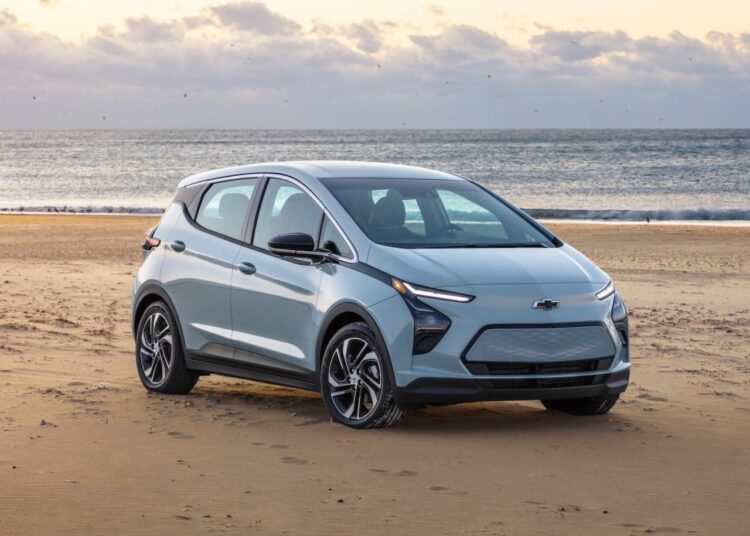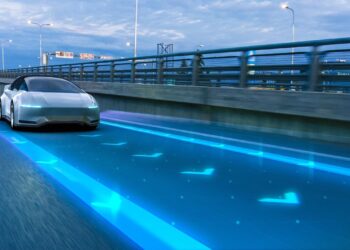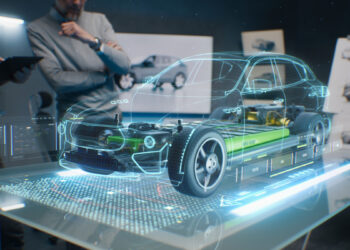The automotive landscape is undergoing a monumental shift, a transformation driven by innovation, environmental consciousness, and evolving consumer preferences. For decades, the internal combustion engine (ICE) reigned supreme, but a new contender has emerged, rapidly gaining ground and now, definitively, electric vehicles (EVs) are dominating sales. This isn’t a fleeting trend; it’s a fundamental change in how we perceive, purchase, and power our personal transportation. From bustling city streets to quiet suburban driveways, the hum of electric motors is replacing the roar of gasoline engines, signaling a future that is cleaner, quieter, and undeniably electric.
Why the Electric Vehicles Surge?
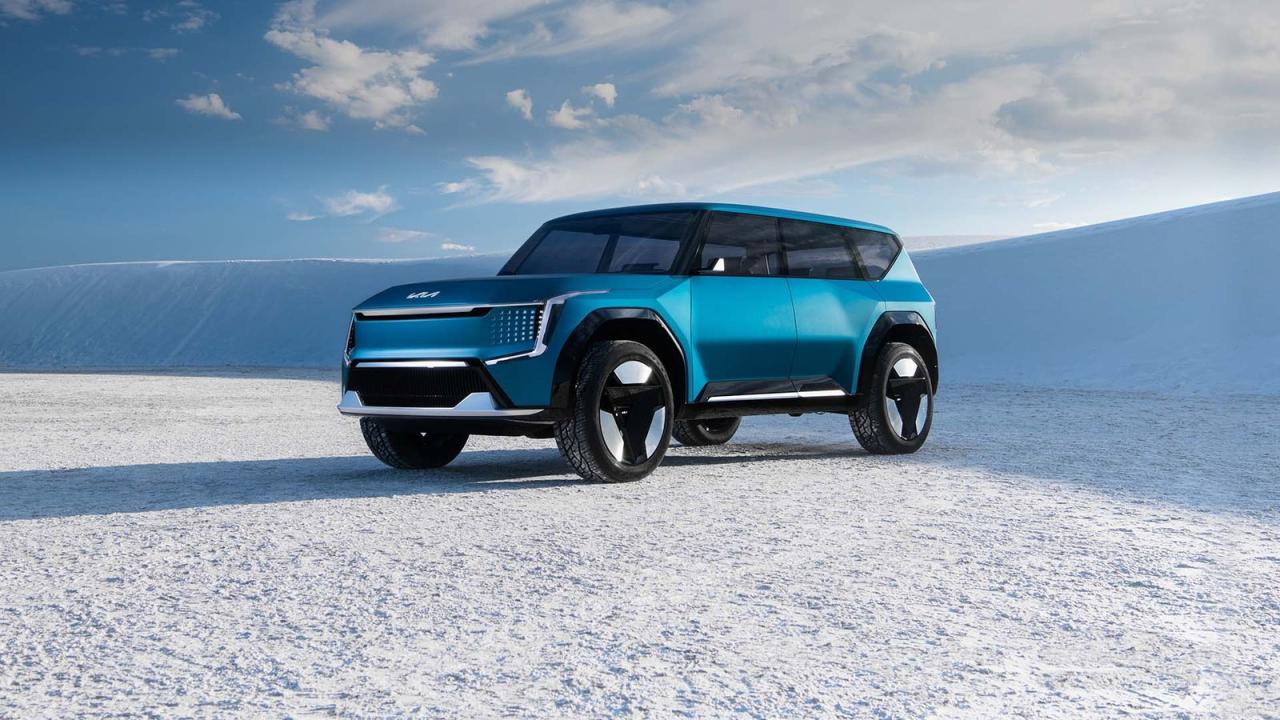
The impressive rise of EV sales isn’t a coincidence. It’s the culmination of several powerful forces converging to create a perfect storm for electric mobility. Understanding these drivers is key to grasping the scale and permanence of this shift.
A. Environmental Imperatives and Government Incentives
One of the most significant catalysts for EV adoption is the growing global awareness of climate change and the urgent need to reduce carbon emissions. Traditional gasoline-powered vehicles are major contributors to air pollution and greenhouse gases. Electric cars, particularly when powered by renewable energy sources, offer a compelling solution.
Governments worldwide have responded to this environmental imperative with a suite of policies and incentives designed to accelerate the transition to EVs. These can include:
- Tax Credits and Rebates: Direct financial benefits for consumers purchasing new or used EVs, significantly reducing the upfront cost.
- Subsidies for Charging Infrastructure: Investment in public and private charging networks, addressing one of the primary concerns for potential EV buyers.
- Grants for Manufacturers: Financial support for automakers to research, develop, and produce electric vehicle technologies.
- Emissions Regulations: Stricter targets for vehicle emissions, pushing manufacturers to prioritize electric powertrain development.
- HOV Lane Access and Parking Privileges: Non-monetary perks that make EV ownership more convenient and attractive.
These governmental pushes create a favorable ecosystem for EV growth, making them more affordable and practical for a wider segment of the population.
B. Advancements in Battery Technology and Range
Early electric cars were often criticized for their limited range and long charging times, leading to “range anxiety” among potential buyers. However, relentless innovation in battery technology has dramatically alleviated these concerns.
Modern EV batteries offer:
- Increased Energy Density: Allowing for more power to be stored in smaller, lighter battery packs.
- Improved Thermal Management: Enhancing efficiency and longevity.
- Faster Charging Capabilities: Reducing the time spent waiting for a full charge.
Today, many electric vehicles boast ranges exceeding 300 miles on a single charge, making them perfectly suitable for daily commuting and even longer road trips. The continuous improvement in battery technology is a critical factor in building consumer confidence and making EVs a viable alternative to gasoline cars.
C. Declining Production Costs and Price Parity
Initially, the high cost of EV batteries made electric cars significantly more expensive than their gasoline counterparts. However, economies of scale, technological advancements, and increased competition have led to a substantial reduction in battery production costs. This cost reduction is directly translating into more affordable EV models across various segments.
As battery costs continue to fall, and manufacturing processes become more efficient, the upfront price of electric vehicles is steadily approaching, and in some cases even achieving, parity with equivalent ICE vehicles. When coupled with lower running costs (electricity is generally cheaper than gasoline) and reduced maintenance, the total cost of ownership for an EV often becomes more attractive.
D. Expanding Charging Infrastructure
The widespread availability of charging stations is paramount for mass EV adoption. While early adopters might have relied primarily on home charging, the increasing number of public and private charging options is making EV ownership more convenient than ever.
The charging ecosystem includes:
- Level 1 Chargers: Standard household outlets (120V) offering slow but ubiquitous charging.
- Level 2 Chargers: Found in homes, workplaces, and public locations, providing significantly faster charging via 240V outlets.
- DC Fast Chargers (Level 3): Capable of rapidly charging an EV’s battery in a short period (e.g., 80% charge in 20-30 minutes), ideal for long-distance travel.
Governments, energy companies, and private enterprises are heavily investing in building out this infrastructure, including dedicated EV charging hubs, charging points at retail locations, and workplace charging solutions. This growing network alleviates range anxiety and makes long journeys in an EV a practical reality.
E. Superior Driving Experience and Performance
Beyond the environmental and economic benefits, electric vehicles offer a fundamentally different and often superior driving experience.
Key aspects include:
- Instant Torque: Electric motors deliver maximum torque from a standstill, resulting in immediate and exhilarating acceleration. This makes EVs feel incredibly responsive and agile.
- Smooth and Quiet Operation: The absence of an internal combustion engine means a remarkably quiet and vibration-free ride, enhancing passenger comfort and reducing driving fatigue.
- Lower Center of Gravity: EV battery packs are typically located in the floor of the vehicle, contributing to a lower center of gravity. This improves handling, stability, and reduces body roll.
- Reduced Maintenance: EVs have fewer moving parts than ICE vehicles, eliminating the need for oil changes, spark plug replacements, and complex exhaust system maintenance. This translates to lower long-term servicing costs and less time spent in the garage.
These inherent characteristics make driving an EV not just a practical choice, but an enjoyable one, converting many first-time EV drivers into enthusiastic advocates.
F. Growing Model Variety and Consumer Choice
The initial EV market was limited, often featuring only a handful of niche models. However, nearly every major automotive manufacturer has now committed significant resources to electric vehicle development. This has led to an explosion in the variety of EV models available to consumers.
Today, you can find electric versions of:
- Compact Cars: Ideal for urban dwellers and efficient commuting.
- Sedans: Offering a comfortable and stylish electric driving experience.
- SUVs and Crossovers: Catering to families and those needing more space and versatility.
- Pickup Trucks: A rapidly growing segment, bringing electric power to workhorses.
- Luxury Vehicles: High-end electric cars offering unparalleled performance and features.
This diverse range of options ensures that there’s an EV to suit nearly every budget, lifestyle, and preference, mirroring the variety found in the traditional gasoline car market.
How EVs are Redefining Automotive Sales
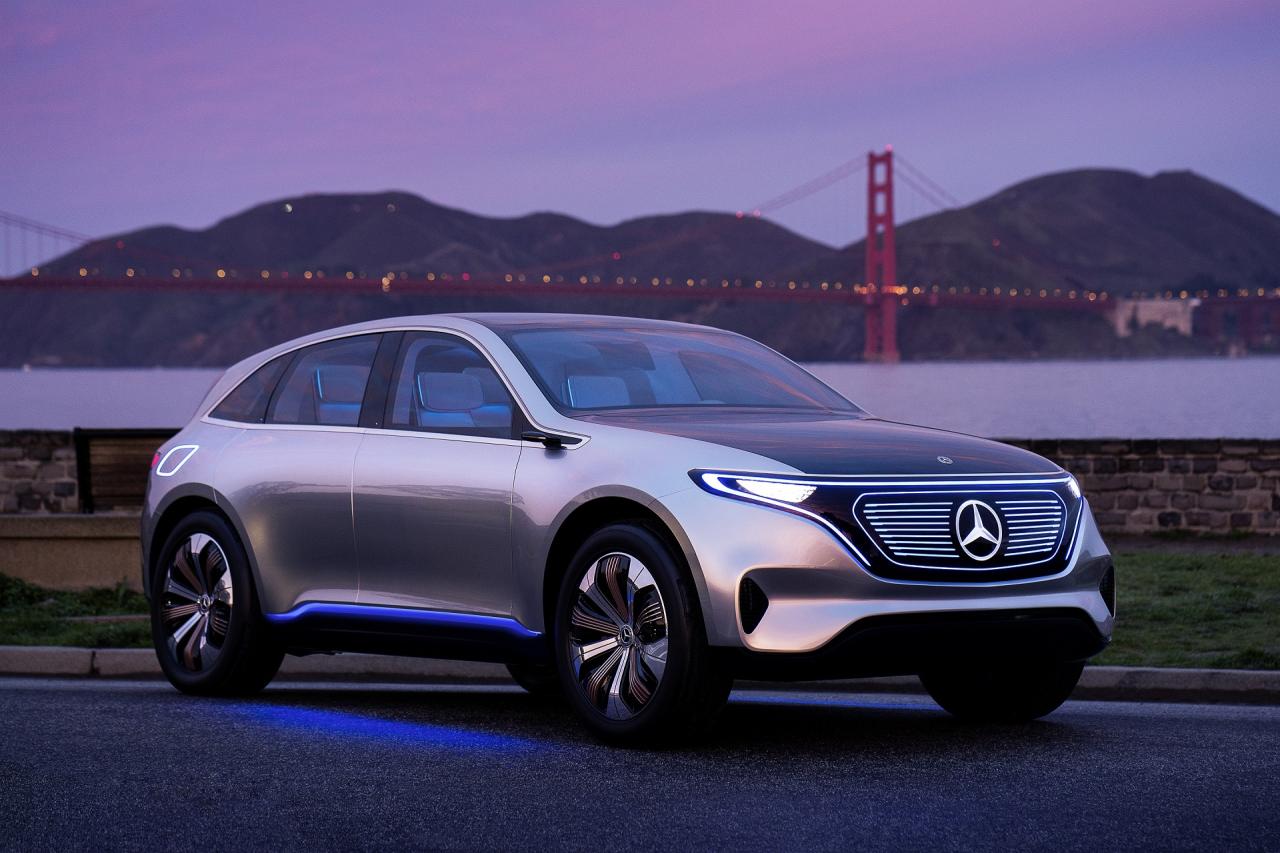
The dominance of EVs in sales isn’t just about market share; it’s about a fundamental redefinition of the automotive sales process and consumer expectations.
A. Digital-First Sales Models
Many EV manufacturers, particularly newer entrants, have embraced a direct-to-consumer sales model, often bypassing traditional dealerships. This digital-first approach offers several advantages:
- Simplified Purchasing: Online configurators and direct ordering streamline the buying process.
- Transparent Pricing: Eliminating negotiation and potential markups.
- Personalized Experience: Direct communication with the manufacturer for support and updates.
While traditional dealerships are adapting, the rise of EVs has accelerated the adoption of more digital-centric sales strategies across the industry.
B. Focus on Software and Connectivity
Modern EVs are essentially computers on wheels. Their performance, features, and even their range can be improved through over-the-air (OTA) software updates. This emphasis on software and connectivity fundamentally changes the ownership experience.
Key aspects include:
- Infotainment Systems: Advanced touchscreens and voice controls for navigation, entertainment, and vehicle settings.
- Driver-Assistance Systems: Sophisticated ADAS features like adaptive cruise control, lane-keeping assist, and automated parking.
- Predictive Maintenance: Using data to anticipate and address potential issues before they become major problems.
- Remote Diagnostics: Manufacturers can diagnose and troubleshoot issues remotely, often without the need for a service visit.
This technological sophistication attracts a new generation of buyers who value seamless integration with their digital lives.
C. Sustainability as a Selling Point
For a significant portion of EV buyers, sustainability is not just a secondary benefit but a primary motivator. Manufacturers are increasingly highlighting their environmental credentials, not just for the vehicles themselves, but for their entire production lifecycle.
This includes:
- Sustainable Sourcing of Materials: Focusing on ethically and environmentally responsible sourcing of battery components like lithium and cobalt.
- Renewable Energy in Manufacturing: Powering factories with solar, wind, or other clean energy sources.
- Recycling Programs for Batteries: Developing closed-loop systems for battery recycling to minimize waste and recover valuable materials.
This holistic approach to sustainability resonates deeply with environmentally conscious consumers and reinforces the perception of EVs as a responsible choice.
Challenges and Opportunities in the EV Era
While EV sales dominance is undeniable, the journey ahead isn’t without its challenges. Addressing these will be crucial for sustained growth and the full realization of an electric future.
A. Supply Chain Resilience and Raw Material Sourcing
The rapid increase in EV production has put pressure on the supply chains for critical raw materials, particularly those used in batteries (lithium, cobalt, nickel). Ensuring a stable, ethical, and diversified supply of these materials is paramount. This involves:
- Investing in New Mining Operations: Exploring and developing new sources of minerals.
- Developing Alternative Battery Chemistries: Reducing reliance on scarce or problematic materials.
- Enhancing Recycling Capabilities: Creating robust systems to recover materials from end-of-life batteries.
Diversifying geographical sources and fostering responsible mining practices are vital to avoid bottlenecks and geopolitical dependencies.
B. Grid Infrastructure and Energy Management
The widespread adoption of EVs will place increased demand on electrical grids. Managing this demand, especially during peak charging times, requires significant investment and strategic planning.
Considerations include:
- Smart Charging Solutions: Technologies that allow EVs to charge during off-peak hours or when renewable energy is abundant.
- Vehicle-to-Grid (V2G) Technology: Enabling EVs to feed electricity back into the grid, acting as mobile energy storage units.
- Upgrading Grid Capacity: Investing in new transmission lines, substations, and energy storage solutions.
The integration of EVs into the broader energy ecosystem presents both a challenge and a massive opportunity for grid modernization and increased energy efficiency.
C. Affordability for All Segments
While EV prices are falling, they still remain a significant investment for many consumers, particularly in developing markets. Ensuring that electric mobility is accessible to all income brackets is critical for truly mass adoption.
This requires:
- Development of More Entry-Level EV Models: Offering affordable options without compromising on essential features or safety.
- Continued Government Incentives: Maintaining financial support until full price parity is achieved organically.
- Robust Used EV Market: Creating a thriving secondary market for electric vehicles, making them more affordable for budget-conscious buyers.
Achieving widespread affordability will be key to making the EV revolution truly inclusive.
D. Public Education and Awareness
Despite the growing popularity, misconceptions about EVs persist. Addressing these through comprehensive public education campaigns is important.
Topics to cover include:
- Real-World Range and Charging Times: Dispelling myths about range anxiety and clarifying charging speeds.
- Maintenance and Running Costs: Highlighting the long-term economic benefits.
- Safety of Electric Vehicles: Addressing concerns and showcasing crash test ratings.
- Environmental Impact Beyond the Tailpipe: Explaining the full lifecycle emissions of EVs compared to ICE vehicles.
Effective communication can help potential buyers make informed decisions and accelerate the transition.
E. Recycling and End-of-Life Battery Management
As the number of EVs on the road grows, so too will the need for efficient and sustainable methods for recycling and managing end-of-life batteries.
Key initiatives include:
- Establishing Dedicated Battery Recycling Facilities: Building infrastructure capable of safely processing and recovering valuable materials.
- Developing Second-Life Applications: Exploring ways to repurpose EV batteries for stationary energy storage or other uses before full recycling.
- Standardizing Battery Designs: Facilitating easier disassembly and material recovery.
A circular economy approach to EV batteries is essential for minimizing environmental impact and ensuring resource sustainability.
Conclusion
Electric cars are dominating sales, and this trend shows no signs of slowing down. Fueled by environmental urgency, technological breakthroughs, economic advantages, and a superior driving experience, EVs are no longer a niche product but a mainstream reality. While challenges remain in scaling production, strengthening infrastructure, and ensuring equitable access, the trajectory is undeniably upward. The automotive industry is in the midst of its most profound transformation in a century, and at its heart is the electric vehicle, leading the charge towards a cleaner, more efficient, and more exhilarating future of transportation. The era of the electric car is not just arriving; it’s already here, taking the sales crown and reshaping our world.

